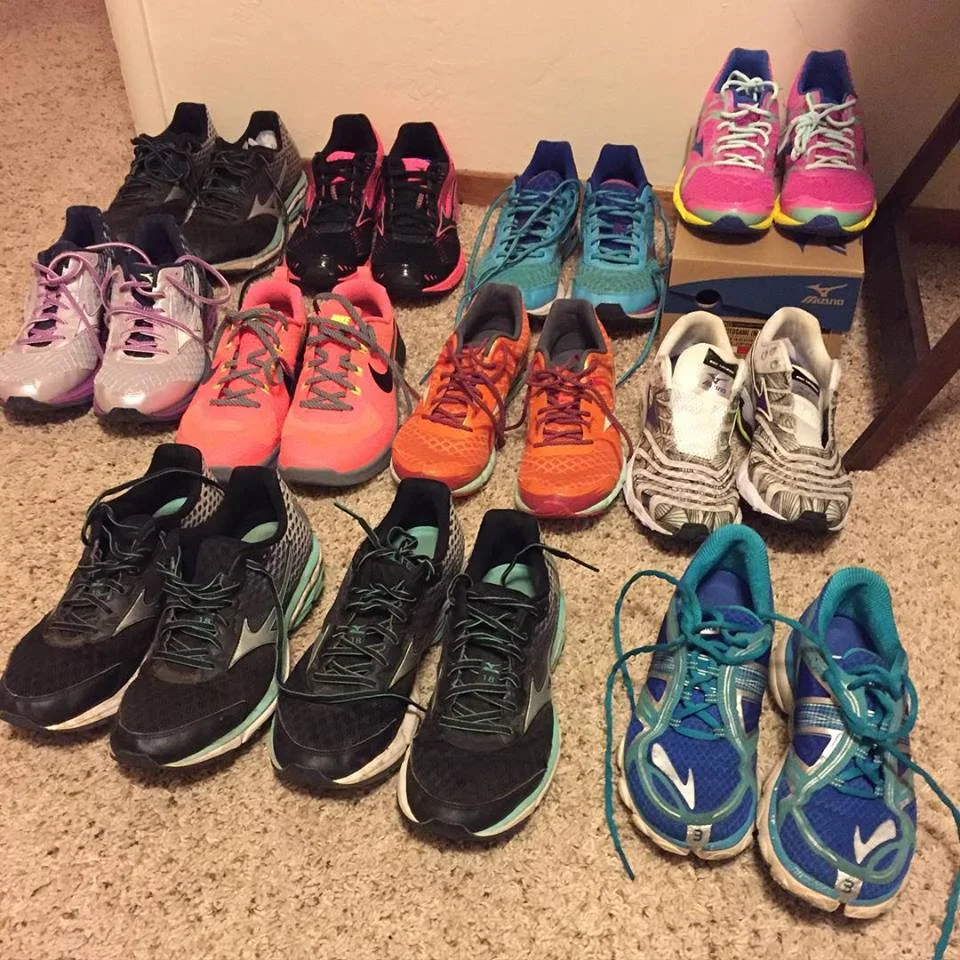May 2, 2019
Finding your sole-mate:
Runners want to wear comfortable running shoes that help prevent injuries; however, many runners err in choosing shoes because they do not know what foot type they have. For most runners, a qualified employee at a running specialty store can adequately evaluate foot biomechanics, possibly by using a treadmill and a video camera, and successfully recommend multiple shoe models that, in theory, will prevent injury and provide a pleasurable ride. Occasionally, evaluating the foot becomes tricky due to motion not seen clearly by the naked eye, and a slow-motion camera or a sensor system may be needed to ascertain true foot movement. This is less common in recreational runners due to lower training volume and velocity. Understand that biomechanics can change; what was once corrected may no longer be a problem, and new problems can arise.
Besides biomechanics, the fit of a shoe affects its compatibility with the foot. Because running shoes are not custom-made, there will always be a bit of a compromise when it comes to fit. Since each runner’s feet are unique and each foot is not always symmetrical with the other foot, it becomes apparent that accommodations may be needed in order to enhance a running shoe’s fit and its function. To customize the fit and function of their shoes, runners turn to insoles and orthotics.
The pairing of an orthotic device and a running shoe is a combination of art and science. If a hard, corrective orthotic is worn, a neutral cushioned shoe that encompasses the orthotic well and provides a good fit may suffice in eliminating any overpronation injuries. If a stability shoe is still needed with a hard, corrective orthotic, take caution to avoid the possibility of overposting the foot. This marriage of a stability shoe and corrective orthotic is a possible recipe for injury.
There are many biomechanical asymmetries up the kinetic chain that can be aided by the selection of proper footwear. There are also asymmetries that can be exacerbated or even caused by choosing the improper model of running shoe. Work with an “expert” to help you choose the right model for your foot type and foot shape.

